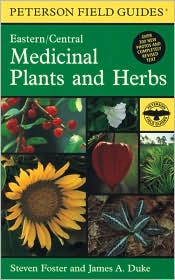|
|
 MEDICINAL
HERB PRODUCTION MEDICINAL
HERB PRODUCTION
There
are thousands of plants in nature that can be used in the kitchen
and for wellness and we grow many of them at our farm! I have
been growing herbs for over 30 years in urban, rural and even
desert conditions.
Herbs
are easy plants to grow, but because of the number of varieties,
can be difficult to understand where to use them. The varieties
we have chosen are ones which we know will do well in the micro-climate
we deal with but also are the ones we know how to use in a variety
of ways and know how to teach others to use. Some of the places
we use herbs may surprise you!
We
have tried to introduce 2-3 large areas each year for more herb
production. Most of our herbs are perennial plants which have
been propagated from our original plants in the city, moved from
the city and split or started from seed in the gardens at the
farm. Many of the herbs we grow each year are also annuals such
as basil and stevia. We treat the annual stevia much the same
as we do all of our other herbs, meaning it is propagated, grown
from seed or obtained from nearby local growers.
|
| All
of our herbs are cared for without the use of pesticides
or chemicals. We use natural remedies
for typical plant problems.
As
part of our integrated pest management program we use companion
planting, a technique used to encourage or discourage pests
by installing herbs and flowers that either encourage or
discourage these pests. With the herbs & spices we forage,
we try to stay aware of what is going on in the environment
as well as with the water supply around our farm.
Our
herb gardens are scattered around the farm. In some places
we have 50 foot rows, other places we have large whimsical
gardens that herbs lend themselves to. Many of our medicinal
herbs are thriving in woodland gardens we have established.
Some of the herbs and spices we use and sell are foraged. |
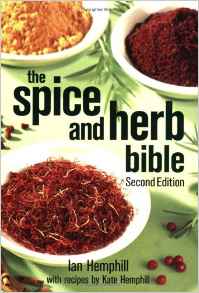
The Spice and Herb Bible |
 HARVESTING
AND PROCESSING HARVESTING
AND PROCESSING
The
beauty of an herb garden is that when you harvest, you are
helping the plant by encouraging new growth with each cutting.
We harvest as early as May and as late as Thanksgiving with
the majority of the harvesting happening in July and August.
We
harvest small bunches of herbs 5 to 10 stems in a bunch.
All of our herbs are air dried in the loft of the barn.
Nothing hi-tech. A bunch of herbs, a rubber band to hold
them together. Strings attached to the beams of the barn
to air dry the rubber banded bunches.
It
takes two to three weeks of air drying then they are placed
in plastic tubs and processed by "hand" through
sifting screens for the desired texture for cooking or for
tea. We use a variety of spice mills and grinders to get
the varying textures we need for our herb mixes. Generally
herbs are ground as we need them, though we do keep a supply
of cut & ground herbs on hand for our busy growing times!
Anything not immediately needed for production is stored
in large glass jars.
|
|
You
can read about the herb products we bring to market
here.
You
can read about our culinary herb production here.
| MEDCINAL
& WELLNESS HERB PLANT LIST
Below
is a listing of the the culinary herbs that grow wild, or
that we grow or have grown at our farm. This information
is intended only as a general reference for further exploration,
and is not a replacement for professional health advice.
This information has not been evaluated by the Food and
Drug Administration. This information is not intended to
diagnose, treat, cure, or prevent any disease.
Angelica
(Dong-Quai)
Used primarily in China for thousands
of years with women who suffer abnormal or severe
menstrual problems. Do not take Angelica Root
if you are pregnant or nursing. Angelica can cause
sensitivity to the sunlight.
Biennial
|
Bee
Balm (Monarda)
Oswego
Tea, made from the leaves of the plant, was a
staple in Early American households during colonial
times after the settlers lost access to English
teas after the Boston Tea Party.
Perennial
|
Black
Cohosh (Squaw Root)
Black Cohosh is most commonly used
to ease the symptoms of PMS and menopause and
to treat arthritis and other painful rheumatic
difficulties.
Perennial
|
Calendula
Calendula
has a long history of use as a wound-healing and
skin-soothing botanical, also known to be a digestive
aid and has been used for organ detoxification.
Annual |
Chamomile
A
native of Europe, and was brought by early settlers
to North America. It is known as a gentle sleep
aid, a mild laxative, and also helps a sore stomach.
Annual Perennial |
Chickweed
- Chickenwort
(Stellaria media)
Used in ointments since the Middle Ages, chickweed
soothes and relieves the itching and inflammation
of many types of skin ailments, psoriasis, eczema
and poison ivy. Also used as an expectorant and
is cooling to the lungs.
Foraged
|
Chickory
- (Cichorium intybus)
Related to the dandelion family. Promotes good
health, calms anxiety & stress. High in antioxidents.
Good as a system cleanser, known to promote good
bacteria in digestive tract and has been used
for organ detoxification.
Foraged
|
Coltsfoot
-
(Tussilago
farfara)
A natural antihistime. Coltsfoot has been a cough-suppressing
mainstay of Asian and European herbal medicine
for 2,000 years.
Foraged
|
Dill
Dill
weed is primarily a remedy for digestive problems.
Dill can help to reduce the pain of menstruation.
It also increases breast milk production.
Annual |
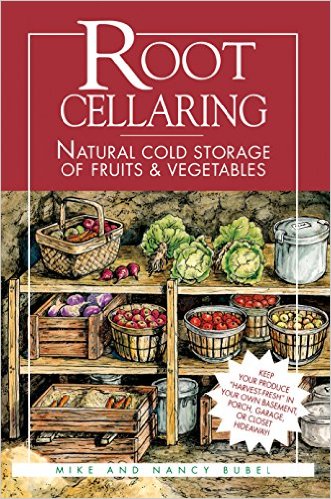
Root Cellaring: Natural Cold Storage of Fruits
& Vegetables |
Feverfew
most
commonly used for the treatment of migraine headaches.
Feverfew can help to relieve a fever. Feverfew
can be used to reduce pain from arthritis. Do
not take feverfew if you're taking another type
of blood-thinner. Should
not be ingested by women who are pregnant.
Perennial |
Ginko
biloba
is the only living species in the divisionGinkgophyta,
all others being extinct. Ginkgo contains antioxidants
that optimize blood to flow to the brain,
supporting cognitive function and memory.
Foraged
|
Lady's
Mantle -
Alchemila vulgaris
It helps to treat problems such as heavy bleeding
and cramps during menses. It also helps to regulate
the female period. Should
not be ingested by women who are pregnant.
Perennial |
Lavender
Lavender is primarily used to soothe
the body and relax the mind. Also used to help
ease mental stress and aid in sleep
and digestion.
Perennial |
Lemon
Balm
Melissa officinalis Lemon balm
is primarily used to relax the body. Lemon balm
can be used to treat minor skin irritations and
insect bites.. Perennial |
Juniper
Berry
Red
cedar (Juniperus virginiana) Juniper (Juniperus
communis.) Strong Eucalyptus aroma, used in teas
for coughs and colds and asa decongestant.
Foraged
|
Lovage
(Kao Ben)
Lovage is primarily used to treat digestive problems.
It can be used to treat bronchitis and to reduce
menstrual pain and relax the body. Lovage can
help to relieve pain from urination and urinary
tract infections. Lovage should not be ingested
by women who are pregnant.
Perennial |
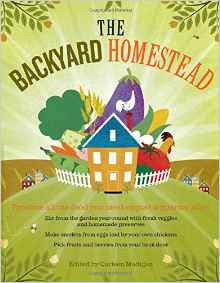
The Backyard Homestead: Produce all the food
you need on just a quarter acre!
|
Peppermint
Peppermint is primarily
used to treat ailments of the digestive system.
Children under 5 should not take peppermint.
Perennial
|
Raspberry
Red
raspberry leaf promotes good health, calms anxiety
& stress. High in vitamin C & antioxidents.
Is commonly used by nurse midwives to ease delivery.
With hormone sesnsitive conditions, red raspberry
leaf might act like estrogen.Should
not be ingested by women who are pregnant.
Perennial
|
Rosemary
Rosemary is thought to
help improve memory function. Rosemary can be
used to treat skin irritations. Rosemary is known
to help ease stress and anxiety. Rosemary can
help to lower blood pressure and improve circulation.
It also can help to treat headaches.
Perennial
|
Rose
hips
Rosehips
contain twenty times more vitamin C than you find
in oranges. We use rosehips in some of our teas.
Perennial
Foraged
|
Sage
Sage
helps to treat irregular menses. It reduces sweating
making it useful for treating menopause. It helps
to calm anxiety and stress. Do not take during
pregnancy or if you're epileptic.
Perennial
|
Skullcap
Is a powerful sedative and nerve
tonic. Native plant gathered in Sprintime. Used
in many of our sleep aid teas.
Foraged
|
Staghorn
Sumac
Native
Amricans used sumac for a variety of medicinal
uses, mostly could be classified as general wellness.
Foraged |
Stevia
Unlike artificial sweeteners, stevia is an all
natural sugar substitute. The leaf of a stevia
plant is actually up to twice as sweet as real
sugar. And, unlike artificial sweeteners and sugar,
stevia has no known negative health effects.
Annual
|
St.
Johns Wort
St.
John's Wort is primarily used as an anti-depressant.
St. John's wort can be used to treat menopausal
symptoms such as fatigue, and hot flashes. St.
John's wort can be used to battle feelings of
anxiety and insomnia. St. John's wort may cause
light sensitivity.
Perennial |
Tansy
Tansy
is a perennial, herbaceous flowering plant of
the aster family, native to temperate Europe and
Asia. Tansy has been used in companion planting
for centuries.
Perennial
|
|
|
|
|

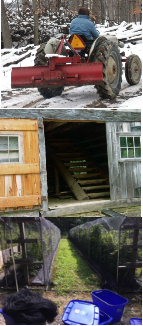
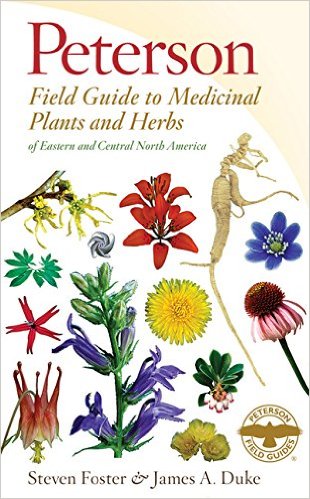
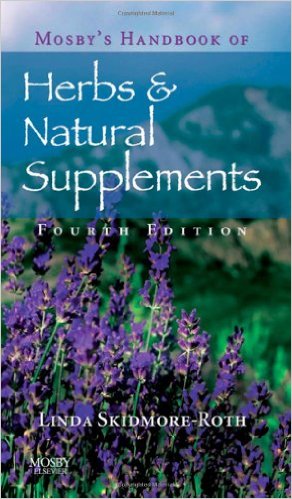
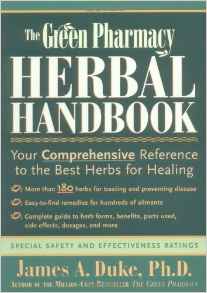



















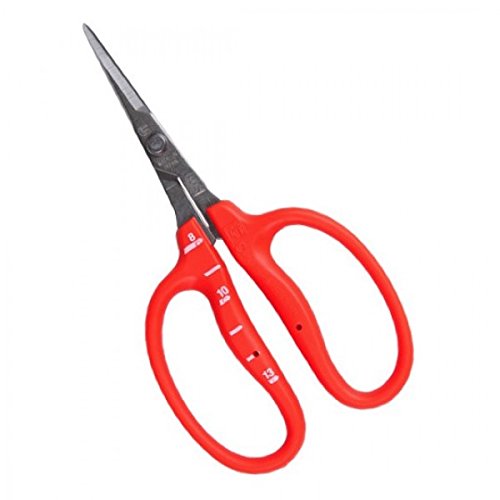
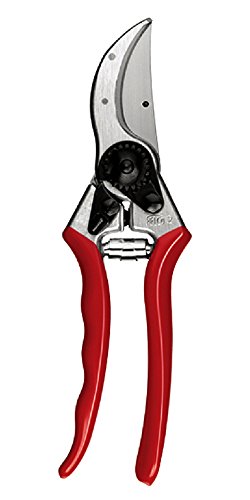
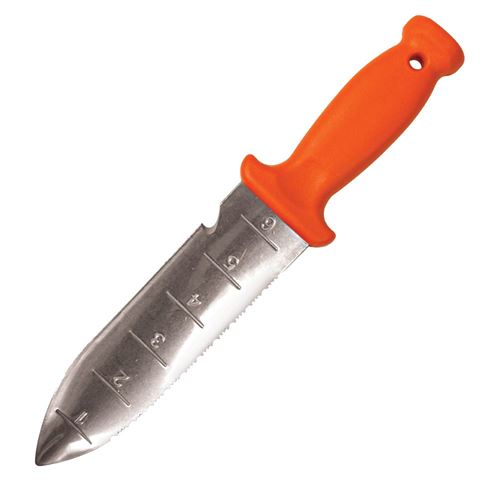
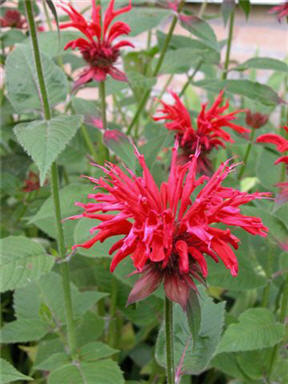
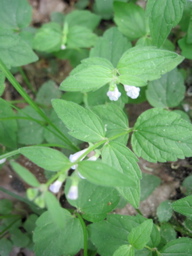



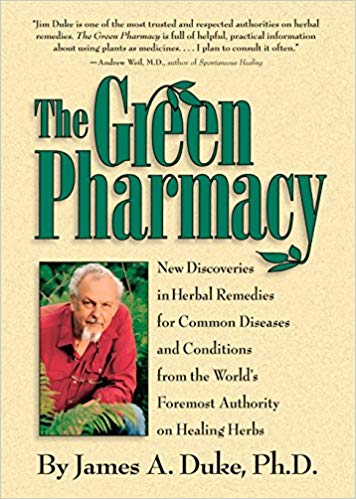
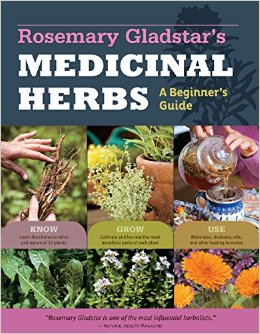 Rosemary
Gladstar's Medicinal Herbs: A Beginner's Guide:
33 Healing Herbs to Know, Grow, and Use
Rosemary
Gladstar's Medicinal Herbs: A Beginner's Guide:
33 Healing Herbs to Know, Grow, and Use